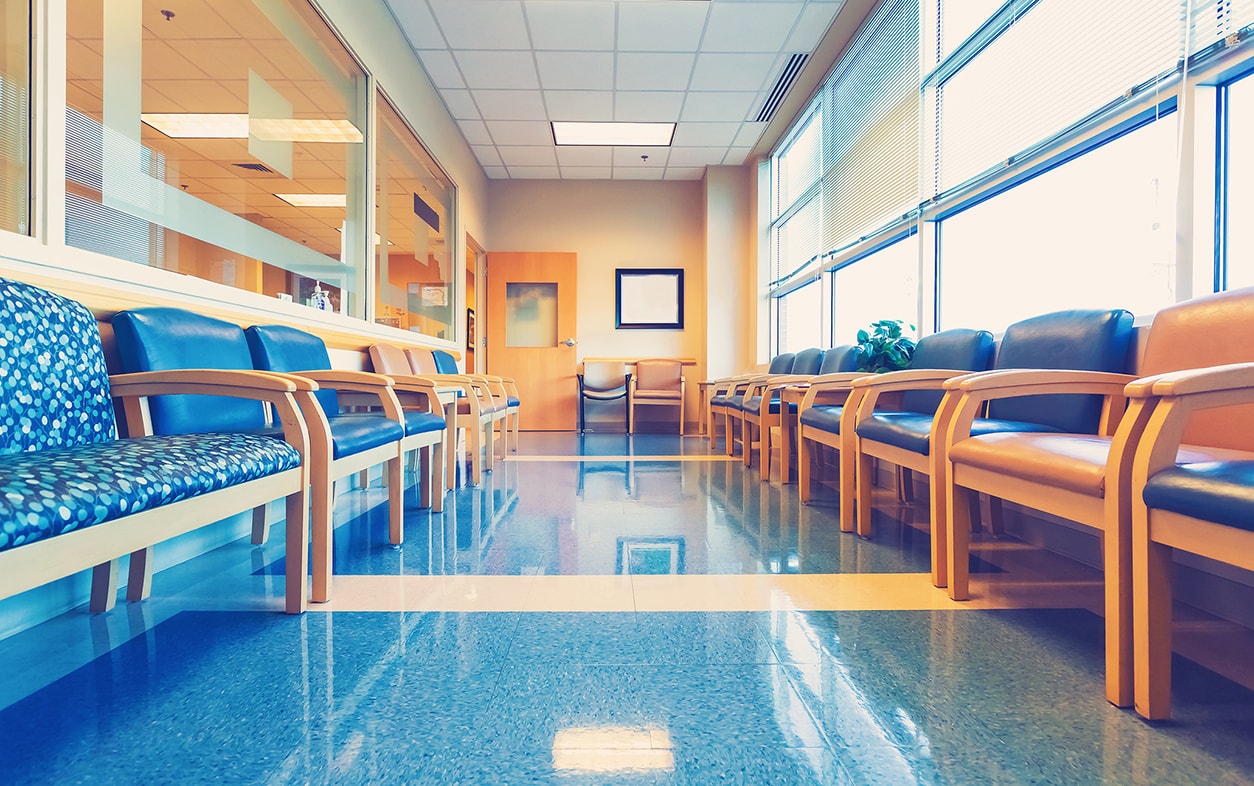Consumers’ Shifting Healthcare Expectations During the Pandemic

As the world continues to adapt to life during the pandemic, consumers who’ve had to postpone or even cancel non-COVID-19 related healthcare are starting to think about rescheduling appointments. The DRG, along with Klein & Partners, recently launched the second wave of a nationwide syndicated study to gauge consumers’ healthcare perceptions, concerns, and expectations. Our research shows that two-thirds of consumers (66%) have had to put an appointment or procedure on hold, up significantly from 59% in our first wave, conducted in early April. The study also reveals consumers’ shifting healthcare expectations when returning for non-COVID care, particularly in their willingness to consider a wider array of care setting options along with heightened safety concerns.
Desire for Faster Access Drives Interest in Alternative Care Options
The fact that a growing proportion of consumers have needed to pause non-COVID appointments may be impacting patients’ heightened desire for faster access to care. We are seeing this play out in patients’ willingness to consider alternative options for receiving care, like Telehealth services. For instance, as of May, one out of ten patients (12%) conducted a virtual visit for the first time with a healthcare provider during COVID-19. Although not a huge number, that’s up from just 5% the month prior.
To better understand the emerging shift in expectations, we asked patients how willing they would be to change a doctor’s office visit to a different medical professional or care setting if that meant receiving care sooner. Roughly one-fifth or more would definitely switch from their primary care physician to alternatives like a virtual visit, seeing a nurse practitioner, a physician’s assistant, or a new doctor all together. A similar proportion of patients would even consider changing an inpatient procedure to an outpatient setting if they could schedule it sooner.
Consideration of Alternative Options
for Faster Access to Care
28%
switch in-person appointment to a virtual visit
21%
willing to see a nurse practitioner or PA rather than their PCP
21%
would switch an inpatient procedure/surgery to outpatient setting
18%
willing to see another doctor at PCP’s office
Concerns About COVID-19 Exposure Remain
Despite the desire to resume healthcare services, many patients have concerns about potential exposure to the virus. We asked patients to select from a list of potential steps that healthcare providers could take to help put them at ease when needing to visit a healthcare facility. The three most commonly mentioned practices focus on the kinds of separation and protection measures that health officials have encouraged the public to follow for the past few months.
Patient’s Top Safety Concerns
%
Social distancing in the waiting room
%
Seeing providers wearing masks and gloves
%
Keeping Coronavirus patients in a completely separate area
Other measures healthcare facilities could take include making face masks and gloves available upon arrival, allowing patients to wait in their vehicles until their doctor is ready rather than a waiting room, or having visitors’ temperatures taken before entering the building.
Proactive Communication is Key
Healthcare systems and providers can alleviate patient concerns by proactively communicating the procedures and protocols they have implemented to help reduce risk. When asked what kinds of communication would be most helpful, nearly one-half of patients (47%) say receiving information on how to prepare for their visit and what to expect on arrival would put them at ease. Many (37%) indicate they would appreciate learning how the healthcare provider is handling any Coronavirus patients also receiving care at the location. Even information about the facility’s cleaning and sanitizing practices would be of interest to some.
Understanding Healthcare Concerns from the Patients’ Perspective
The findings from our national omnibus study underscore the importance and value of continuing to listen and respond quickly to patients’ shifting needs and expectations. The risk in not adequately addressing these issues is that patients will look for other providers who can meet their needs for timely access to care, ease their safety concerns, and demonstrate empathy and understanding for their individual situations. Clear, consistent, and open communication at all points throughout the patient experience is even more important now than it was before in order to retain existing patients and attract new ones. We look forward to sharing the results of Wave III of our study as we continue to monitor patients’ expectations of the healthcare industry to meet the unique challenges of these times.
RECOMMENDED FOR YOU
10 Stats on Healthcare Consumers’ Reactions to COVID-19

